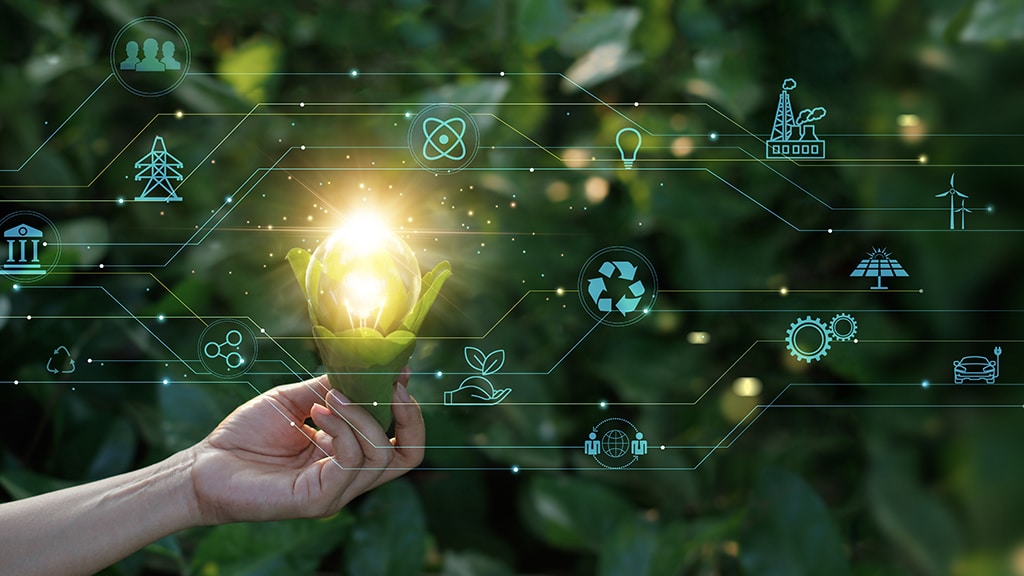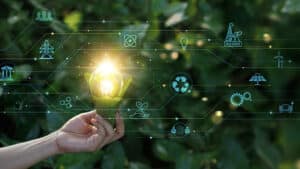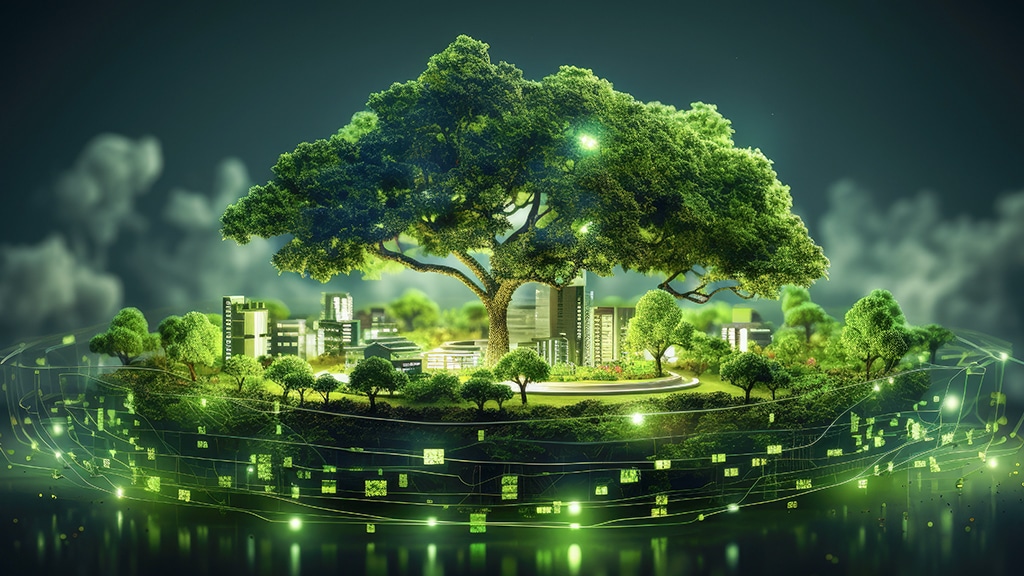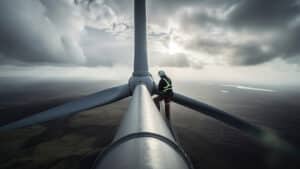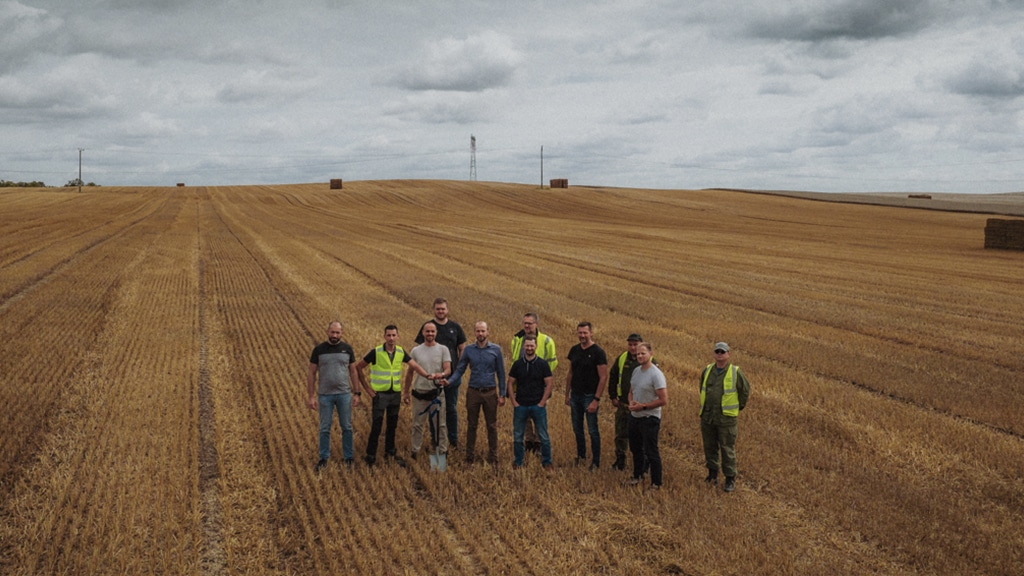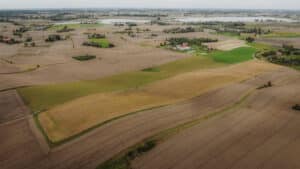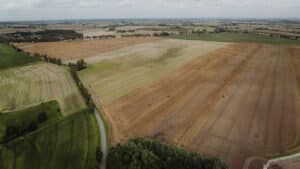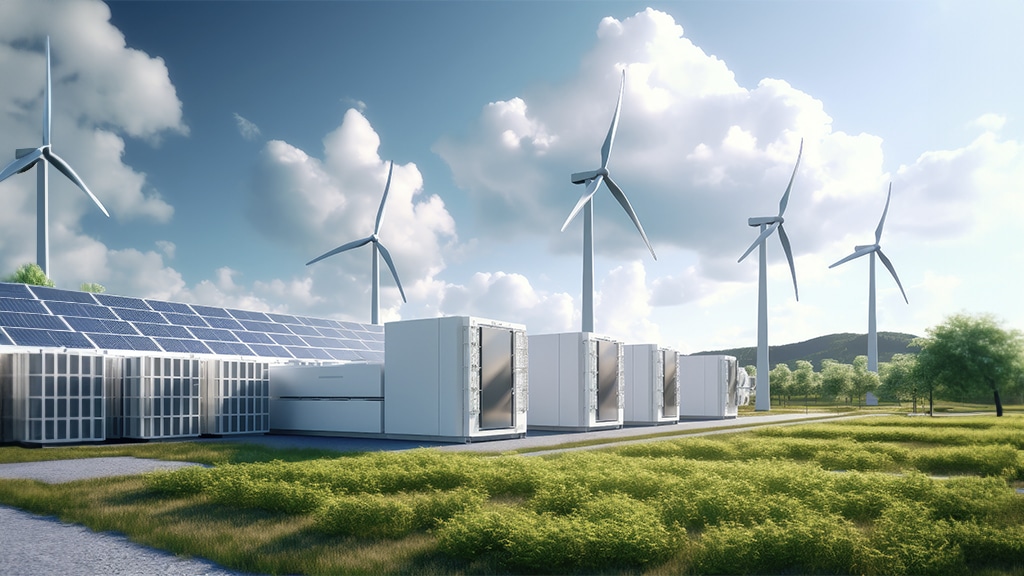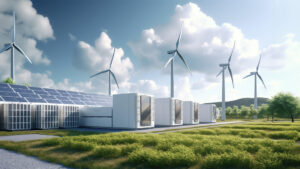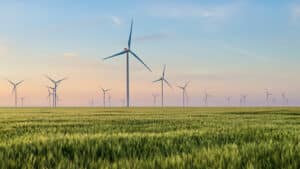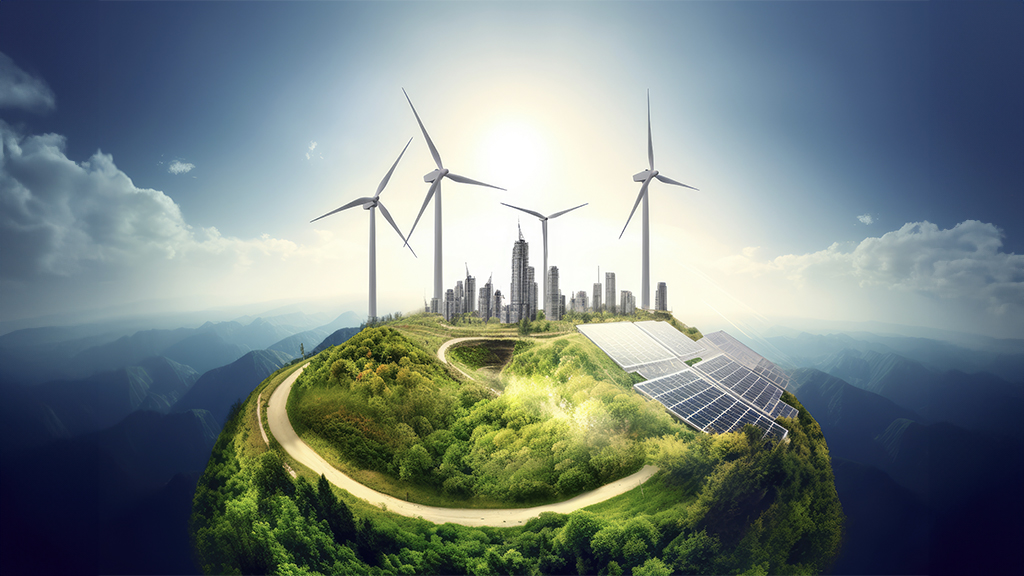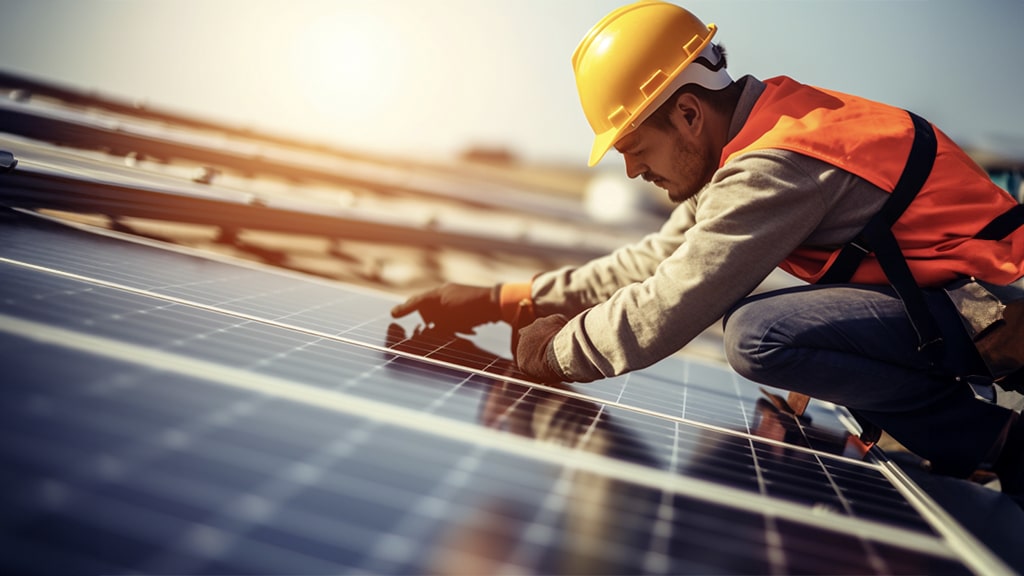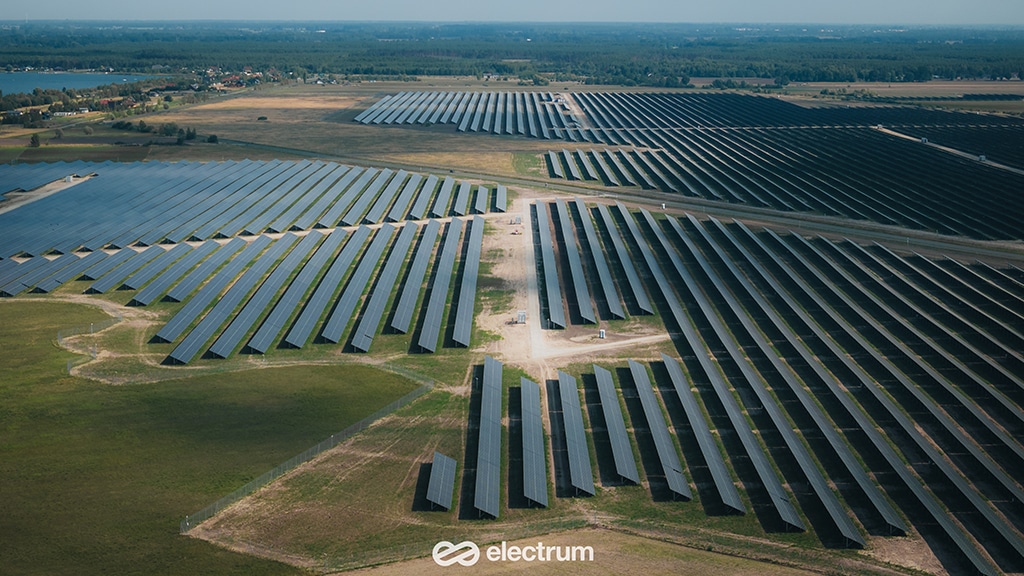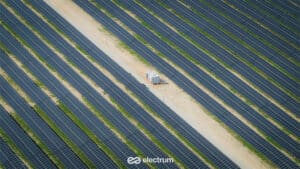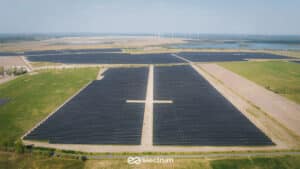
The transformation of the energy industry is a key challenge for Poland and the world, as it requires a shift in the way electricity and heat are generated and distributed.
Renewable energy sources such as wind, solar, water, and biomass, offer many advantages, including lower greenhouse gas emissions, reduced fossil fuel consumption, and greater energy independence. However, to effectively harness these sources,
a comprehensive approach to power sourcing and generation planning is needed—one that accounts for their variability, decentralization, and costs.
Comprehensive RES Solutions and Resource Optimization
A comprehensive approach to planning and generating power from renewable energy sources involves integrating various technologies, systems, and strategies that
ensure optimal use of resources and energy demand. Some of these elements include:
Smart Grid Development
Smart grid development enables communication and coordination between producers, consumers, and grid operators, and allows for automatic adaptation to changing conditions and behaviors.
Read more: The New Era of Energy Grids: What Does the Future Hold?
Energy Storage Systems
Implementing energy storage allows excess energy to be stored during periods of low demand and released during periods of high demand, increasing the flexibility and stability of the system.
Learn more: How is energy stored in the RES sector?
Demand Response Systems
Implementing demand response systems involves encouraging or limiting energy usage by consumers depending on energy availability and pricing, which reduces peak demand and network load.
New Technologies
The use of information and communication technologies (ICT) enables the collection, processing, and analysis of data on the status and operation of the energy system, improving its efficiency, security, and quality.
Also read: Energy Meets IT: Revolutionizing Energy Management
RES Monitoring Systems
Optimizing the management of RES installations using modern systems such as EMACS. EMACS integrates data from multiple sources—such as inverters, meters, sensors, weather forecasts, and energy market data—and presents it in a clear and intuitive way. EMACS enables real-time monitoring of RES performance, efficiency and profitability analysis, parameter optimization, and maintenance planning. It is also a reporting and auditing tool that simplifies compliance with legal and contractual requirements. EMACS is not just a SCADA system—it is also a business intelligence platform that helps RES owners and operators make better decisions and enhance their market competitiveness.
Summary
The transformation of the energy industry is a long-term and complex process that requires cooperation and involvement from all stakeholders, including governments, the private sector, social organizations, and citizens. Nevertheless, it is both necessary and achievable to ensure sustainable development and a better quality of life for future generations.


